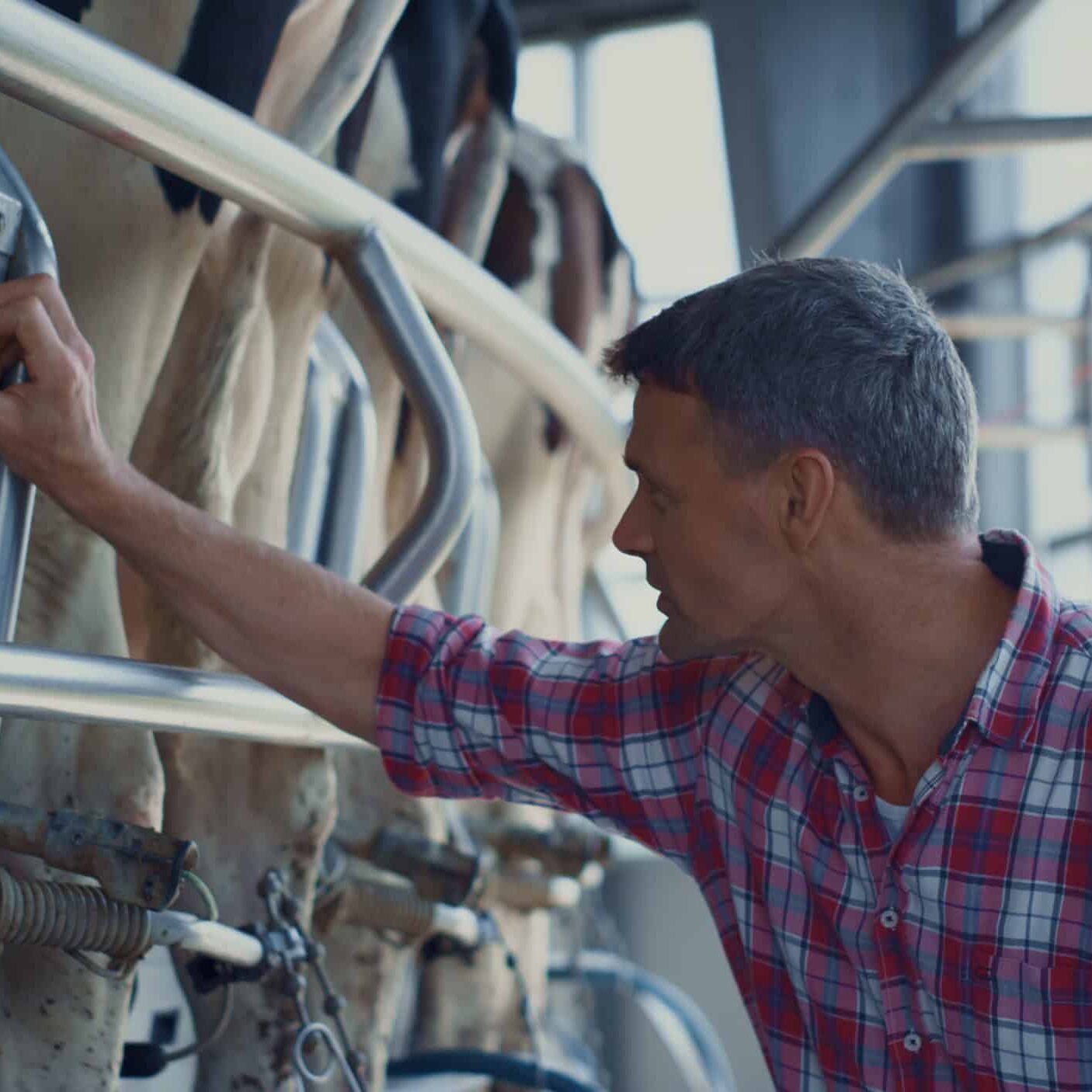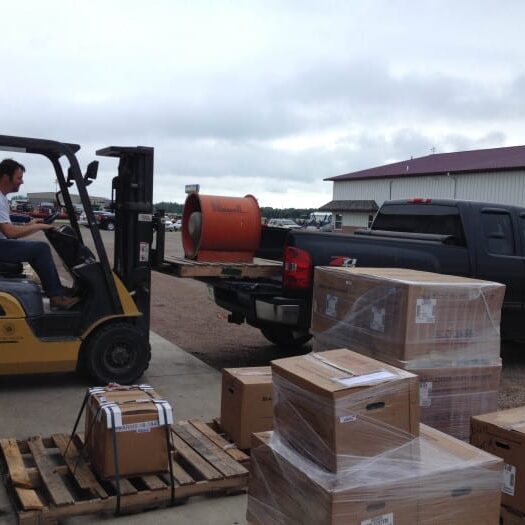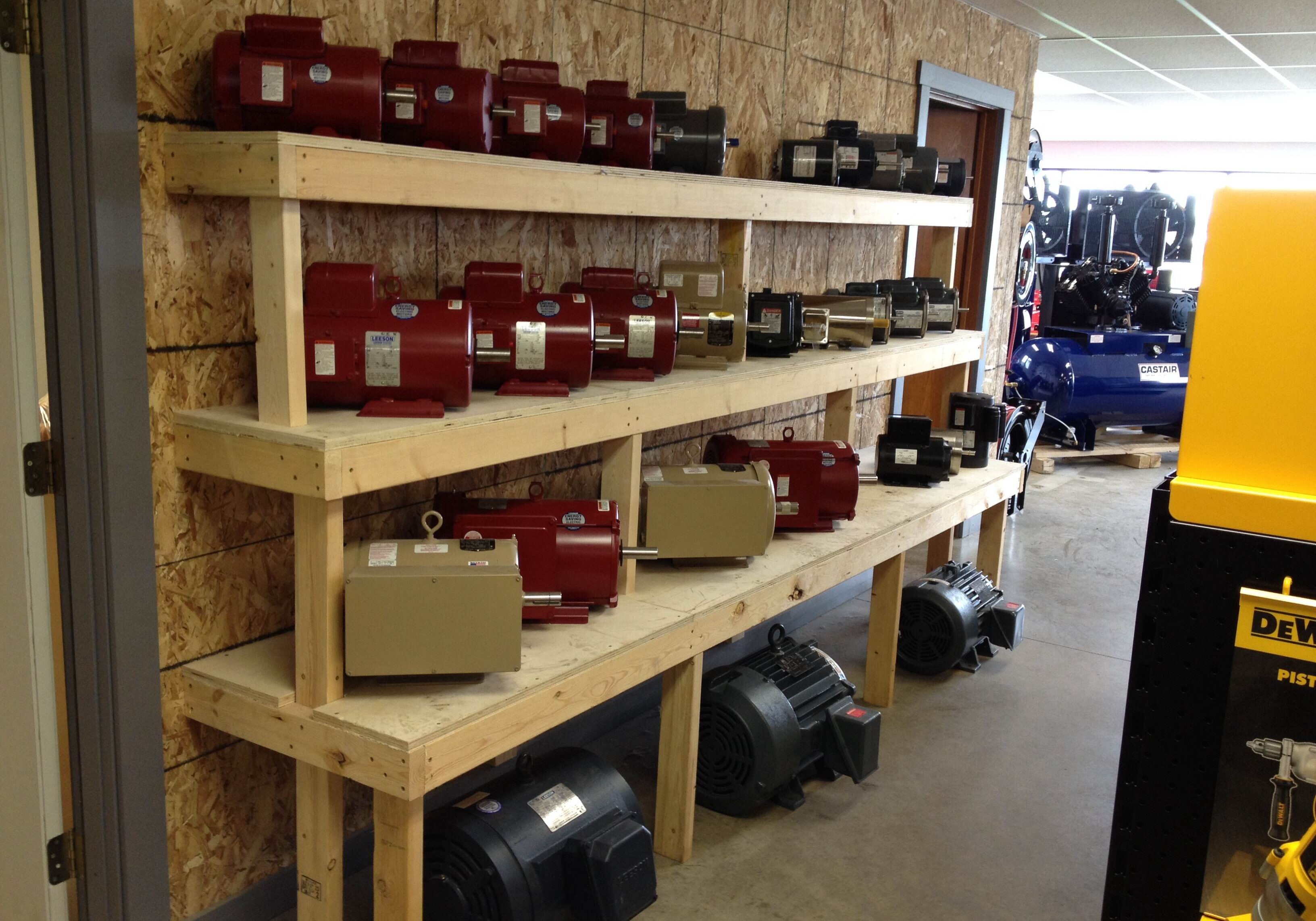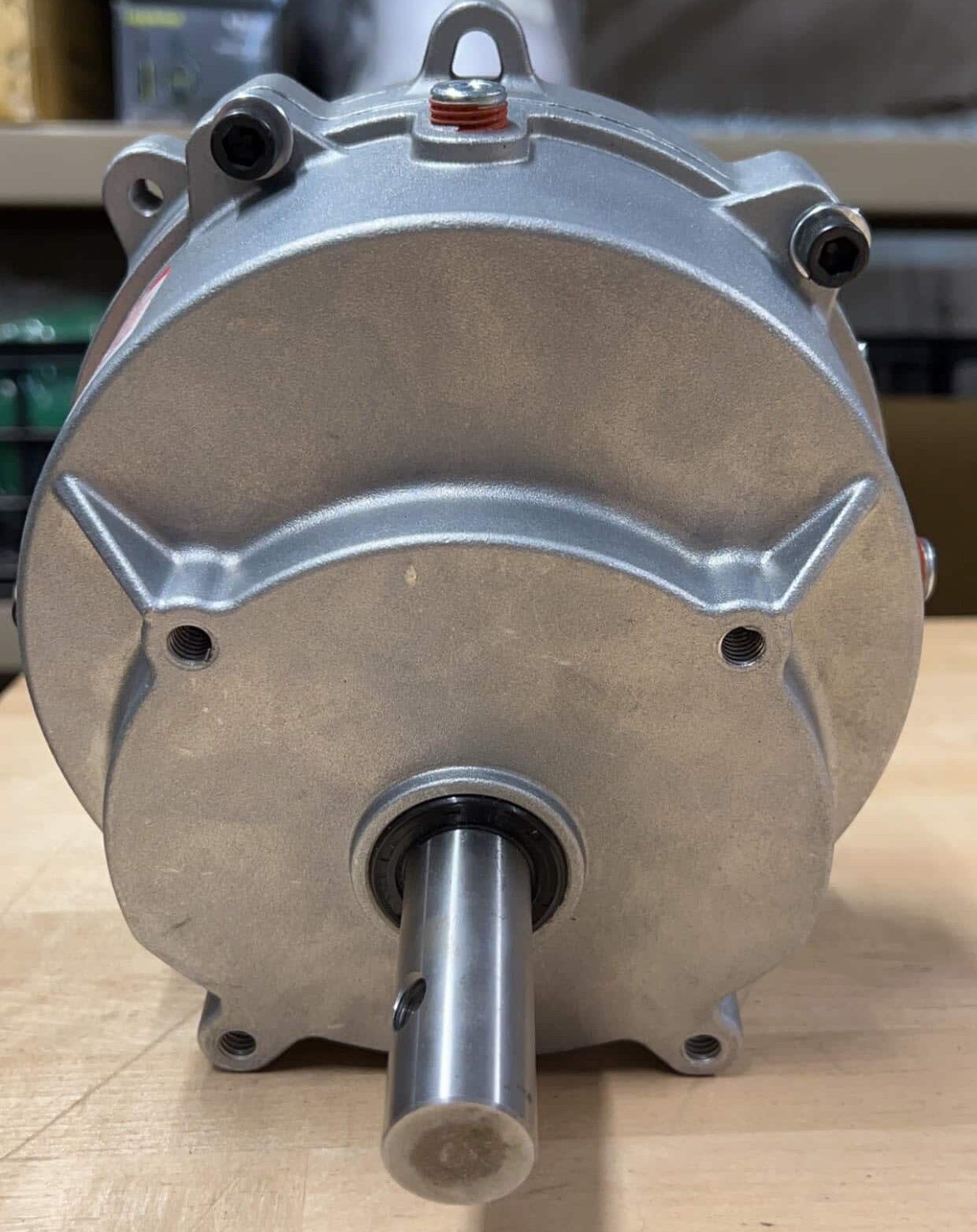For dairy farmers, maintaining milking machine parts can often feel like a daunting and time-consuming task. When parts are not properly cleaned or maintained, it can lead to significant issues such as reduced machine efficiency, increased wear and tear, and even contamination risks that compromise milk quality. These challenges not only impact the health of your herd but can also lead to costly repairs or replacements. Understanding the correct cleaning methods and maintenance routine is essential to protecting your investment and ensuring your operation runs smoothly. With the right approach, you can alleviate these pain points and focus on producing high-quality milk efficiently.

Benefits of Proper Cleaning and Maintenance
Consistent cleaning and maintenance in your dairy operation can save you money in the long run by extending the lifespan of your milking machine’s parts. A clean, well-maintained machine ensures the production of high-quality milk and promotes the health of your herd, preventing illnesses caused by contamination.
Here’s why regular upkeep matters for dairy farmers:
- Save money on repairs: Avoid costly breakdowns by keeping parts in good condition and spares on hand.
- Better milk quality: Clean machines mean no harmful bacteria in your milk.
- Healthier cows: Prevent infections like mastitis caused by dirty equipment.
- Less downtime: Well-maintained machines run smoothly, so you stay on schedule.
- Longer equipment life: Proper care means fewer replacements, saving you money.
Best Practices for Milking Equipment Maintenance
Proper maintenance of your milking equipment is key to ensuring optimal performance and reducing long-term costs. Start by establishing a regular cleaning schedule tailored to the specific needs of your equipment. Use cleaning solutions that are formulated to remove milk residues and prevent the buildup of harmful bacteria, ensuring a hygienic milking process. Always inspect components for signs of wear, such as cracked hoses or loose fittings, and replace them promptly to avoid further damage. Training your team on routine maintenance tasks will also help ensure consistency and reduce the likelihood of oversight. By following these best practices, you safeguard both your investment and the quality of your milk production.
Daily Cleaning Routine
Start by rinsing all parts of the milking machine with lukewarm water immediately after each use. This step helps remove milk residue before it hardens and becomes difficult to clean. Next, wash all parts thoroughly using a detergent specifically designed for milking equipment. Pay extra attention to rubber components, scrubbing them gently to avoid damage. Utilize a soft-bristle brush to clean hard-to-reach areas, ensuring every part is free of debris.
Proper Rinsing
After cleaning, rinse all parts thoroughly with clean, fresh water. This step is critical to remove any soap or detergent residue that could affect the flavor and quality of the milk in the next milking session. Complete rinsing prevents unwanted chemical traces and ensures the equipment is safe for reuse.
Sterilization
Sterilization is a crucial step in preventing contamination and maintaining herd health. Use hot water or an approved disinfectant to kill any remaining bacteria on all machine parts. Sterilizing your equipment ensures that harmful microbes do not carry over to the next milking session, protecting both your milk quality and your animals' wellbeing.
Drying and Assembly
Once the cleaning and sterilization process is complete, allow all parts to air dry completely before reassembling the machine. Moisture left on parts creates an ideal environment for bacteria or mold to grow. Ensuring parts are completely dry not only helps maintain cleanliness but also extends the life of your equipment.
Regular Inspections
Inspect all milking machine parts regularly for wear and tear. Look for cracks, tears, or hardened rubber in critical components, as damaged parts can affect the machine's efficiency and hygiene. Replace worn-out parts as needed to maintain proper functioning and cleanliness.

Common Mistakes to Avoid
It’s important to avoid using harsh chemicals or abrasive brushes that might damage parts of the machine. Additionally, skipping daily cleaning or leaving parts damp can lead to bacterial growth and contamination.
Regular maintenance isn’t just a chore
- it’s an investment in your farm’s success!
Maintain a cleaning schedule to ensure consistency and avoid missing critical steps in the routine. Only use approved products designed specifically for cleaning milking machines, as these are tested to be both effective and safe. Lastly, always consult the machine’s manual for specific cleaning and maintenance instructions tailored to your equipment. For more in-depth guidance and additional tips, visit our website for resources and expert advice!

Electric Motor Company
Dairy Farm Products
Find the products and support you need at Electric Motor Company.

